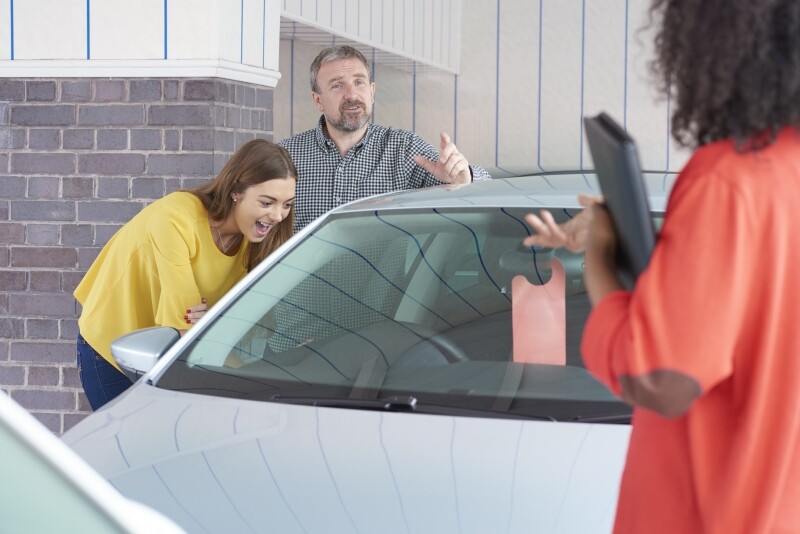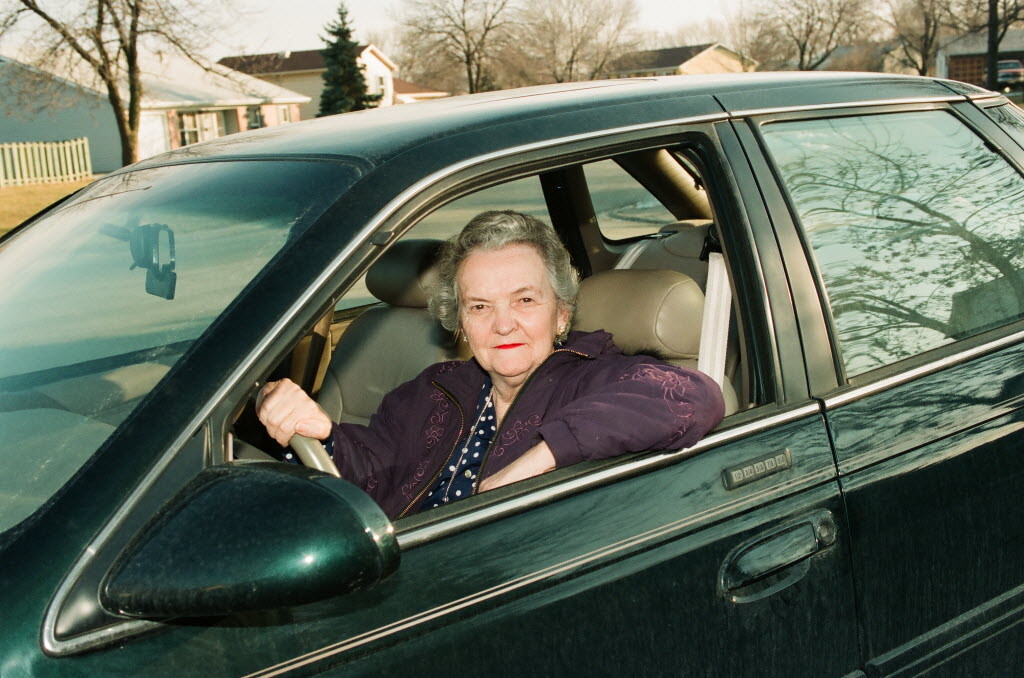Posted on January 29th, 2018
Coming to a vehicle near you
Ten years ago, nearly zero vehicles featured automatic emergency braking.
It was a nice concept, to be sure. Imagine your vehicle being able to scan the road ahead of you, detect imminent hazards and slow or stop on its own if you failed to react in time. But how soon could the game-changing technology actually be available (and affordable) on the mass market?
Answer: Sooner than many of us thought.
What’s the latest?
More than half of model-year 2018 vehicles will offer AEB as an optional or standard feature, according to the Insurance Institute for Highway Safety. The proportion of vehicles with AEB has increased in each of the past 10 years, and that trend is expected to continue because of a historic commitment to make AEB a standard feature in virtually all new vehicles by 2022.
It’s one thing to have AEB installed in your vehicle. It’s another thing to know how it works. That’s why the team at MyCarDoesWhat.org includes an AEB information page filled with text, videos and graphics to help all drivers realize what the technology can and cannot do.
For example:
- Regardless of whether you have AEB, it is crucial to keep a safe following distance.
- Sensors near the front of the vehicle help AEB to function, and those sensors can be blocked by dirt, ice or snow. Be sure to clear any build-up before going on a trip.
- AEB is optimized to detect other vehicles in front of you while you drive, but it may not detect smaller objects such as motorcycles or bicycles. Always, always, always be alert.
High praise from officials
The technology, coupled with an attentive driver, could help save lives and prevent injuries.
“The growing number of vehicles offering automated emergency braking is good news for America’s motorists and passengers,” U.S. Secretary of Transportation Elaine L. Chao said in a press release. “With each model year, manufacturers will increasingly utilize technology to allow vehicles to ‘see’ the world around them and navigate it more safely.”




